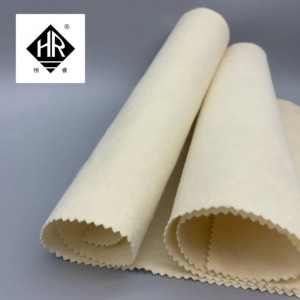Antistatic fabrics, especially hygroscopic properties of low polyester, nylon, chloroprene and other synthetic fibers, generally higher than resistance. Therefore, in the process of textile processing, due to the close contact and friction between fiber and fiber or fiber and components, lead to the increase of hair, yarn feathers,Ripstop fabric supplier roll forming bad, fiber adhesion components, yarn breakage increase, cloth surface formation of scattered shadow.
After the clothing is charged, a large amount of dust is absorbed, which is easy to pollute, and there will be entanglement or electric spark between the clothing and the human body or between the clothing and the clothing. When the electrostatic phenomenon is serious, the static voltage is as high as thousands of volts, which will cause sparks and fire due to discharge, causing serious consequences. Anti – static fabric is a kind of fabric after anti – static processing. Oxygen bleach should be controlled as low as 80% of the dose as possible.Ripstop fabric supplier
Anti-static fabric fiber grafting modification to improve the hygroscopicity of the fabric, hydrophilic fiber blending and interweaving; Three is blended or woven conductive fiber; The action mechanism of the first two methods is to increase the moisture recovery rate of the fabric, reduce the insulation, and accelerate the electrostatic leakage.Ripstop fabric supplier Therefore, if the processing effect is not durable or significant in a dry environment or after repeated cleaning, it is usually used for ordinary clothing fabrics. The fabric is post-finished with an antistatic finishing agent. Electrostatic discharge (ESD) fabrics include electrostatic discharge (ESD) silk, electrostatic discharge (ESD) super-clean fabric, electrostatic discharge (TC) fabric, electrostatic discharge (CVC) fabric, and electrostatic discharge (ESD) cotton fabric.
We analyzed the adaptability of current related testing methods standard to the antistatic performance test of textile containing conductive fiber.
Post time: Oct-31-2022

